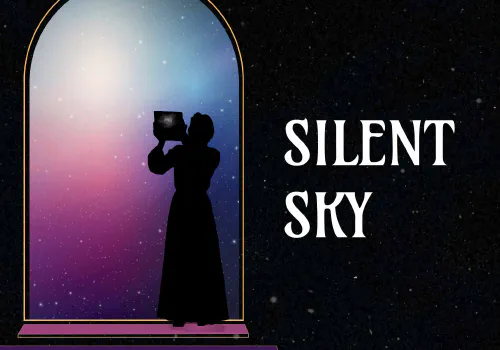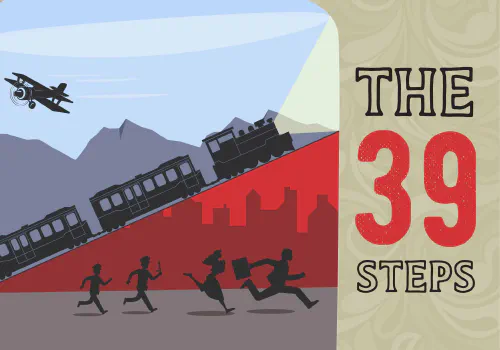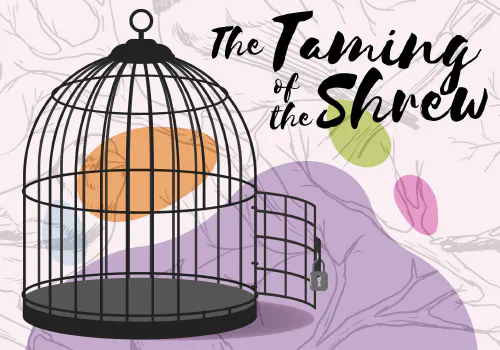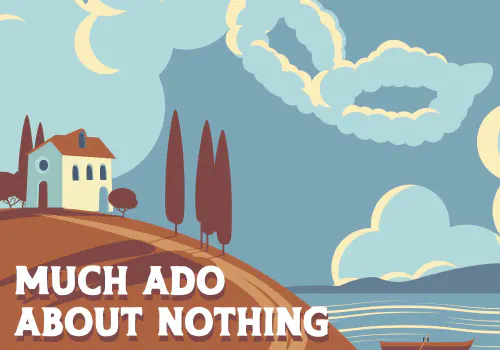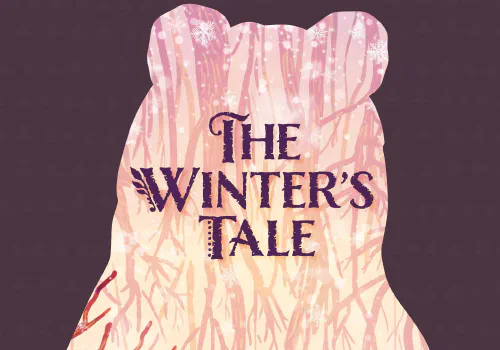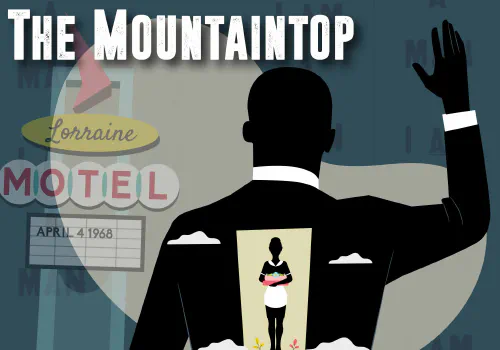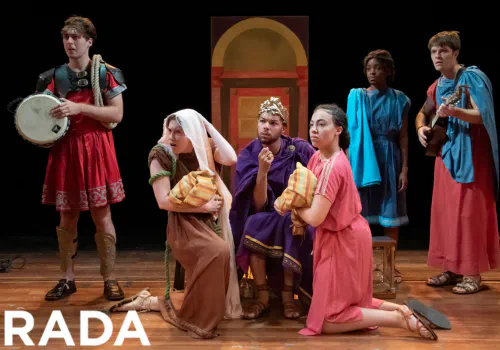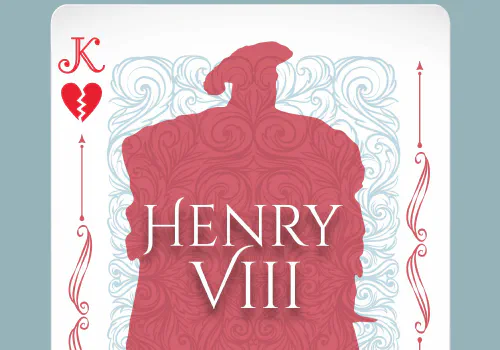By Heidi Madsen
Just as there are “many rooms in the house of art,” there are many ways of telling the same story (Prose, Francine, Reading Like a Writer [HarperCollins, New York: 2006], 10). Even Aeschylus humbly stated that his dramas were but “slices cut off from the great banquet of Homer’s poems.” Though origin and ownership of ideas were once cloudy and the borders of intellectual property ill-defined, the same stories were endlessly re-visited. With intellectual property and copyright laws now in place (largely through the efforts of Charles Dickens) flagrant copying has largely ceased, but familiar stories still circulate as reincarnates from one art form to another. And yet, even in this most particular age of artistic variation, adaptation still seems strangely misunderstood. Great Expectations, for example, will never translate precisely from novel to film or to any other media because these are distinct forms of communication and “compare,” as Dennis Lehane observes, “like apples and giraffes; fortunately for us, however, they do interbreed” (http://asjournal.zusas.uni-halle.de/168.html).
Victorian author Charles Dickens is the father of a large family of novels, short stories, plays, travelogues, and poetry; but he is also the progenitor of untold artistic hybrids in almost every conceivable media. Even while he wrote, pirated adaptations of his novels were performed down the street in London playhouses. Though Dickens’s official plays have seen little stage time, his melodramatic novels can certainly be adapted into performance literature, but this process is far from simple: “The mixture of realism and symbolism . . . the often larger-than-life or grotesque characters [and] the first-person narration of some books” all provide challenges to the would-be-adaptor (http://www.filmreference.com/encyclopedia/Academy-Awards-Crime-Films/Adaptation-CASE-STUDY-ADAPTATIONSOF-CHARLES-DICKENS.html). Margaret Hoorneman solves the latter problem in her musical adaptation of Great Expectations by omitting the first-person point of view, while still allowing the audience a window into the heart and memories of the story’s central character.
Dickens’s novels were largely sketched from his own life, both public and private, both observed and endured. Like David Copperfield, his favorite and most autobiographical character, Charles Dickens was a child-laborer; like Little Dorrit, he shared his father’s cell in debtor’s prison. As a youth Dickens observed a morbid bride clothed in a gown of tatters and soot haunting Berner’s street in London; years later he would immortalize her disappointment and her decay in Great Expectations. Dickens’s keen eye for detail and powers of description were such that “it would be difficult to overstate the intensity and accuracy of his observation” (Kaplan, Fred, Dickens: A Biography [John Hopkins University Press, New York: Morrow, 1998], 24). A member of The Ghost Club, a curious spectator at public hangings, and a frequent visitor to prisons and insane asylums, Dickens was a student of the bizarre and a researcher of the “variations of misery and its institutional treatment” (Kaplan, 142). The author had a sympathetic interest, as well, in the psychological effects of circumstance—especially in the young; he never outlived the profound emotions of his own formative years. “In the little world in which children have their existence,” muses Pip, another autobiographical character, “there is nothing so finely perceived and so finely felt as injustice” (Great Expectations [Oxford University Press], 57).
Margaret Hoorneman, the brainchild of the new musical Great Expectations, now in her nineties, taught ninth-grade literature in the Iowa Public School System for over forty years. From such a vantage point, she must have gained extraordinary insights into the plights, pitfalls, and great expectations of the young. She saw how her freshman students related to this young man’s tale of “falling for a girl that was out of his class, and [his] aspirations for a better life in the big city” (qtd. in “Fever Strikes Grandma: A Dickensian Tale.” [New York Times, May 14, 2001]). Fueled by her student’s youthful enthusiasm, Ms. Hoorneman ultimately proved that aspirations have no expiration date; she completed her stage adaptation of Dickens’s novel at age eighty-seven and sent it to her grandson, television writer and producer Brian VanderWilt, whose credits include Ellen, Home Improvement, and Dark Angel. Although his initial reaction was “Oh no!”, VanderWilt’s fears of having to either humor or disappoint his grandmother were soon overcome as he recognized the manuscript’s merits. He and co-writer Steve Lozier, producer and managing director of Moving Arts, a theater company based in L.A., helped refine the 200-plus page manuscript into a more workable length. Lozier, though not one of Ms. Hoorneman’s students, was another ninth-grader so impressed by Great Expectations that he could not part with his copy at the end of the school year.
Translating classical text into lyrics presents its own daunting challenges. The adaptation of Shaw’s Pygmalion, for example, into a musical (My Fair Lady) was thought—by some of the best lyricists in the business including Oscar Hammerstein—to be an impossible feat. Perhaps artistic collaborators of Great Expectations were not as intimidated by the complexity of the project as they might have been; when composer Richard Winzeler and lyricist Steve Lane were approached to musicalize Dickens, they’d had many successful collaborations, but mostly in the genres of jazz and rhythm and blues, never in musical theater. Both writers, however, have a great love of musicals. As an academic reward, Winzeler’s parents would take him to see a musical in downtown Chicago; he began acting at age five and performed in high school and college musical productions. Professionally, he has arranged and conducted music for notable performers, as well as for commercials and his songs have been recorded by the likes of Gladys Knight, Diane Schuur, and Lou Rawls. His partner Steve Lane grew up watching summer “tent” theaters and musical road tours; in college he began writing music for his pop-rock band, but turned later to lyric writing. Lane’s songs have been performed by recording artist greats including Aretha Franklin, Peabo Bryson, and Anita Baker.
Steve Lane and Richard Winzeler both write as well as compose, which makes them a very versatile duo, and like dynamic partnerships from musical theater’s past such as Lerner and Loewe, and Rogers and Hammerstein, Lane and Winzeler complement each other’s writing styles. “Richard comes from a more ethereal place and I, from a pragmatic place,” says Lane. For their collaboration on Great Expectations, they studied the script for “posts,” emotional points in the story that demand a song; of this process Winzeler recalls, “I trusted my intuition and creative sense to lead me.” To keep the spirit of the novel intact, they used as much original content as possible; song titles, such as “Ever the Best of Friends,” and “Dear Boy,” are phrases taken right from the novel. But a single written page can turn into forty minutes of dramatization, so lyrics must paraphrase and often even replace text. Success depends upon a lyricist’s “ability to strip down the text and repair the damage so skillfully with lyrics that the seams become invisible” (Green, Benny, A Hymn to Him: the lyrics of Alan Jay Lerner [Limelight Editions, New York: 1987], 8).
Despite the novel’s elaborate detail, in the course of trial and adaptation, artistic collaborators found Great Expectations to be introspective, personal, and really very intimate. They decided “a sprawling, grand production would not serve the story as much as an intimate production,” Steve Lane reveals. Ultimately, under the direction of Jules Aaron, Great Expectations is not so much an analysis, but a synthesis of Pip’s psychology, an optimistic interpretation of his worthiness to expect and to obtain great things. It is their hope that this adaptation will appeal to all ages, but perhaps, in staying true to Dicken’s sympathies and Ms. Hoorneman’s motivations, most especially to the young. Winzeler summarizes their expectations, “I will know we have been successful, not so much when our show might play on Broadway, but when a small high school in rural Nebraska is performing the material.”


